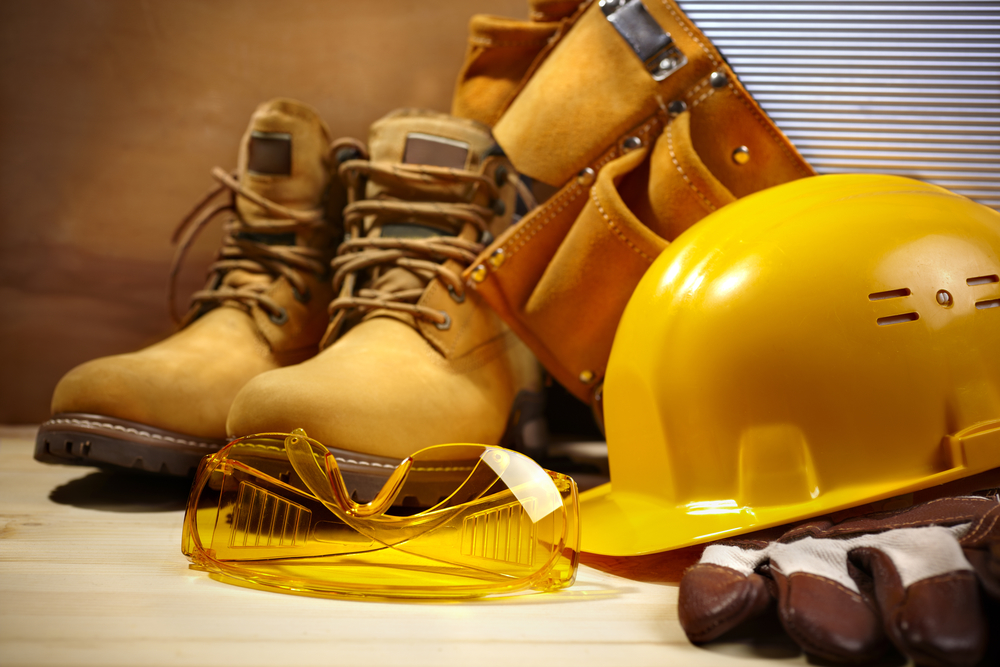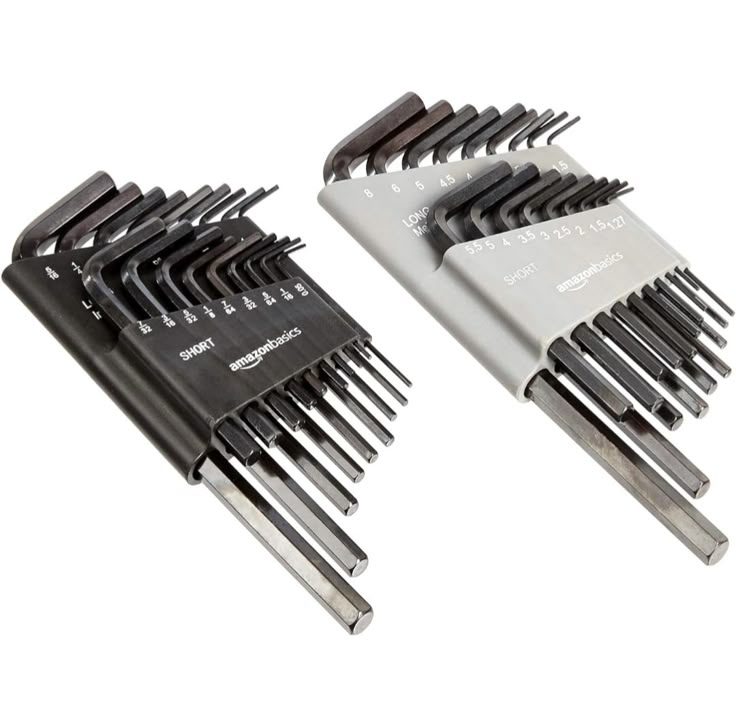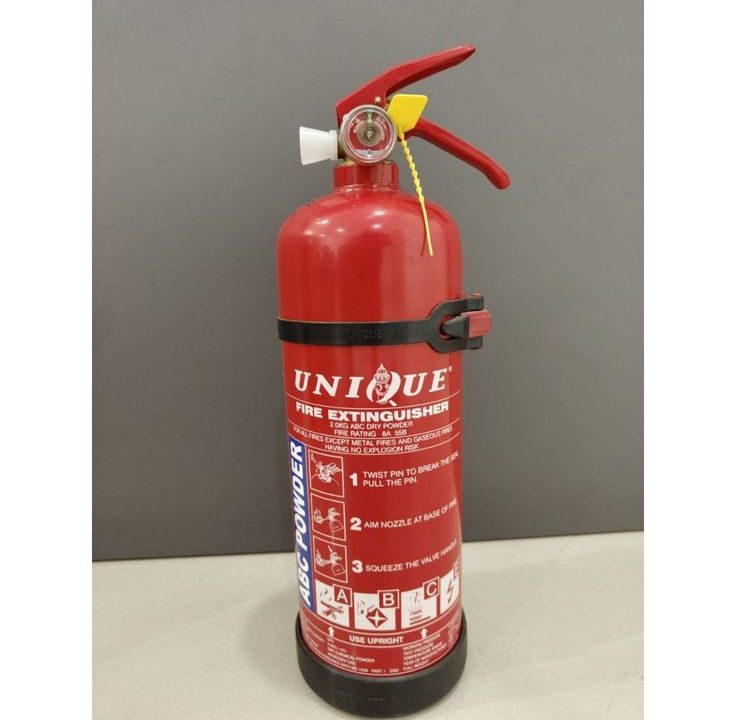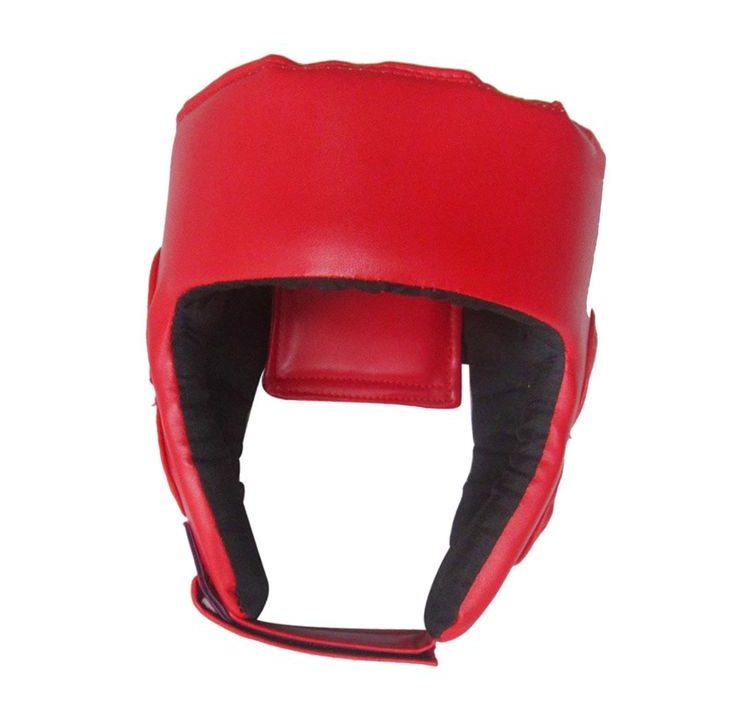Enhancing Workplace Safety: A Comprehensive Look at Industrial Safety Equipment

The Role of Breathing Protection Equipment in Ensuring Workplace Safety
September 24, 2024
Protect Your Vision: Where to Buy the Best Eye Protection Glasses Online
December 2, 2024Ensuring workplace safety isn’t just a regulatory requirement—it’s a fundamental aspect of running a successful and productive business. With the right industrial safety equipment, you can create a safer work environment, protect your employees, and ensure smooth operations.
In this comprehensive guide, we’ll explore essential guidelines for enhancing workplace safety and how safety devices plays a pivotal role in this effort.
Essential Takeaways
- Prioritize Safety for Business Success: Investing in industrial Protective Gear is crucial for protecting employees and ensuring smooth operations. A safe work environment leads to increased productivity, lower costs, and higher employee morale.
- Select Equipment Based on Specific Hazards: Choose safety devices tailored to the specific risks of your workplace. Conduct a thorough hazard assessment to determine the most effective solutions for your needs.
- Regular Training and Maintenance are Key: Ensure employees are well-trained in the use of Protective Gear and establish a regular maintenance schedule. This helps maintain equipment effectiveness and compliance with safety regulations.
Why Workplace Safety is Crucial
Imagine walking into a workplace where safety isn’t taken seriously. You’d likely see increased accidents, a decline in morale, and a chaotic work environment. Now picture the opposite: a workplace where safety is a priority. You’d find a team that’s focused, motivated, and less likely to experience disruptions.
Workplace safety significantly impacts your business operations. When employees feel safe, they’re more likely to be productive and engaged. Fewer accidents mean less downtime and lower costs related to medical expenses and legal issues. Additionally, a safe work environment enhances employee morale and reduces turnover, which can be costly for businesses.
Legal and Financial Implications
Compliance with safety regulations isn’t just about avoiding penalties; it’s about fostering a culture of care and responsibility. Regulatory bodies, such as OSHA (Occupational Safety and Health Administration) in the U.S., enforce standards that mandate the use of safety equipment. Non-compliance can lead to hefty fines, legal troubles, and even business shutdowns.
Financially, investing in safety devices may seem like an additional cost, but it’s a smart investment. The cost of accidents—medical expenses, compensation claims, and repair costs—can far exceed the cost of preventive measures. By prioritizing safety, you’re not only protecting your employees but also safeguarding your bottom line.
What is Industrial Safety Equipment?
This Protective Gear encompasses a wide range of tools and gear designed to protect workers from hazards in various work environments. This equipment is critical in preventing accidents and injuries and ensuring compliance with safety regulations.
From personal protective gear to fire safety systems, worksite safety devices is tailored to address specific risks associated with different industries and job roles. Understanding and implementing the right equipment is key to creating a safe and efficient workplace.
Types of Industrial Safety Equipment
Industrial safety devices can be broadly categorized into several types, each serving a unique purpose:
- Personal Protective Equipment (PPE): This includes gear worn directly by employees to protect them from hazards. Common examples are helmets, gloves, goggles, and respiratory protection.
- Fire Protective Gear: Essential for preventing and responding to fires, this category includes fire extinguishers, fire alarms, and sprinkler systems.
- Fall Protection Equipment: Critical for preventing falls in high-risk environments, such as construction sites. This includes harnesses, lanyards, and guardrails.
- Safety Signage and Markings: Important for communicating hazards and safety protocols. This includes warning signs, safety labels, and floor markings.
Categories of Industrial Safety Equipment
Personal Protective Equipment (PPE) is perhaps the most recognizable type of safety gear. It’s designed to protect individual workers from various hazards they might encounter on the job. Here’s a closer look at some common types:
Helmets
Helmets are crucial for protecting the head from falling objects and impacts. Essential in construction and manufacturing, modern helmets are made from durable materials like polycarbonate or fibreglass. They often feature adjustable chin straps, ventilation, and additional protections to ensure safety and comfort on the job.
Gloves
Gloves protect hands from cuts, burns, and chemical exposure. Various types are designed for specific tasks: welding gloves are heat-resistant, chemical-resistant gloves safeguard against hazardous substances, and cut-resistant gloves protect from sharp objects. Choosing the right gloves enhances safety and prevents injuries.
Goggles and Face Shields
Goggles protect the eyes from flying debris and chemical splashes, fitting snugly around the eyes. Face shields cover the entire face, providing extra protection against intense light and harmful substances. Both are essential in environments like welding and chemical handling.
Respiratory Protection
Respiratory protection includes masks and respirators that prevent inhalation of harmful dust, fumes, and gases. Masks are suitable for less hazardous environments, while respirators offer more advanced protection with filters for specific contaminants. Proper use and maintenance are key to effective respiratory protection.
Fire Safety Equipment
Fire Protective Gear is vital for preventing fires and ensuring that you can respond effectively if a fire occurs. Key components include:
- Fire Extinguishers: Portable devices used to put out small fires. They come in different types for various fire classes, such as water, foam, and dry powder extinguishers.
- Fire Alarms: Devices that detect smoke or heat and alert occupants to evacuate. Fire alarms are essential for early warning and evacuation.
- Sprinkler Systems: Automatic systems that discharge water when a fire is detected. Sprinklers help control and extinguish fires, reducing damage and enhancing safety.
Fall Protection Equipment
Fall protection equipment is crucial in preventing falls from heights, which are a major cause of workplace injuries. Common fall protection equipment includes:
Harnesses:
Harnesses are critical pieces of fall protection equipment designed to secure and support the body in the event of a fall. They are worn around the torso and legs, effectively distributing fall forces across a larger area to minimize injury.
These harnesses are essential in various high-risk industries, including construction, telecommunications, and industrial maintenance. By providing a secure fit and reliable support, harnesses ensure that workers can perform their tasks with confidence, knowing they are protected from potentially dangerous falls.
Lanyards
Lanyards serve as the vital link between a harness and an anchor point, providing a flexible connection that allows workers to move freely while remaining safeguarded against falls. They are typically made from strong, durable materials such as nylon or polyester, and can include features like shock absorbers to reduce impact forces during a fall.
By ensuring that lanyards are properly attached and maintained, workers can operate safely in elevated or precarious positions without compromising their mobility or security.
Guardrails and Safety Nets
Guardrails and safety nets are critical components of fall protection systems designed to prevent falls in elevated work areas. Guardrails are installed along the edges of scaffolding, roofs, and building perimeters, creating physical barriers that stop workers from accidentally falling off.
They are typically constructed from sturdy materials like steel or aluminium and are designed to withstand significant impact forces. Safety nets, on the other hand, are placed below elevated work areas to catch falling objects or workers, providing an additional layer of protection.
Safety Signage and Markings
Effective communication of safety protocols is essential for preventing accidents. Safety signage and markings include:
- Warning Signs: Indicate potential hazards, such as chemical spills or high-voltage areas.
- Safety Labels: Provide information about the proper use and handling of equipment or materials.
- Floor Markings: Highlight hazardous areas, pathways, and safety zones. They help guide employees and prevent accidents.
Best Practices for Implementing Safety Equipment
Selecting the appropriate safety equipment involves understanding your specific workplace hazards and matching them with suitable equipment. Here’s how to approach it:
- Assessing Workplace Hazards: Conduct a thorough hazard assessment to identify potential risks. This involves examining work processes, equipment, and the work environment.
- Matching Equipment to Hazards: Choose equipment that directly addresses the identified risks. For example, if your workplace involves high temperatures, invest in heat-resistant PPE.
Training and Maintenance
Proper training and maintenance are critical for ensuring that safety equipment is used effectively and remains in good condition:
- Training Employees on Safety Equipment: Provide comprehensive training on the proper use of Protective Gear. This should include how to wear and use PPE, operate fire extinguishers, and respond to emergencies.
- Regular Maintenance and Inspections: Establish a maintenance schedule to inspect and service safety devices regularly. This ensures that equipment remains functional and reliable.
Success Stories: Companies Improving Safety
Real-life examples can illustrate the effectiveness of worksite safety equipment in enhancing workplace safety. Here are a couple of case studies:
Case Study 1: Manufacturing Plant: A manufacturing plant implemented a comprehensive safety program that included updated PPE, regular safety training, and improved fire safety measures. As a result, the plant saw a significant reduction in accidents and injuries, leading to higher productivity and lower insurance costs.
Case Study 2: Construction Site: A construction site introduced advanced fall protection equipment, such as harnesses and guardrails. This implementation led to a dramatic decrease in fall-related incidents and improved compliance with safety regulations.
Common Challenges and Solutions
Implementing Protective Gear can come with challenges, but addressing them proactively can lead to successful outcomes:
- Budget Constraints: Managing costs while ensuring safety can be challenging. Consider prioritizing essential equipment and exploring cost-effective options. Investing in high-quality equipment that lasts longer can also be more economical in the long run.
- Resistance to Change: Employees may resist changes to their work routine. Overcome this resistance by involving employees in the decision-making process and emphasizing the benefits of new safety measures. Provide training and support to help them adapt to changes.
Conclusion
Workplace safety is a crucial aspect of running a successful business. By investing in Workplace Safety Equipment and following best practices, you can protect your employees, improve productivity, and ensure compliance with regulations.
Encouraging Action
Ensuring workplace safety is an ongoing effort that requires the right equipment and practices. Explore our range of Workplace Protective Gear to find solutions tailored to your specific needs and take the first step towards a safer work environment today. Visit our website to learn more and get started!
FAQs
1. What types of industrial safety equipment are essential for every workplace?
Essential worksite safety devices varies depending on the type of workplace, but commonly includes personal protective equipment (PPE) such as helmets, gloves, and goggles; fire Protective Gear like extinguishers and alarms; fall protection gear for elevated work areas; and clear safety signage.
2. How do I determine which safety equipment is needed for my specific industry?
Conduct a thorough hazard assessment to identify potential risks in your workplace. This assessment should consider the nature of your work, the environment, and any specific hazards. Based on this, you can select equipment that addresses these risks effectively.
3. How often should Protective Gear be inspected and maintained?
safety devices should be inspected regularly according to manufacturer recommendations and industry standards. For most equipment, this means monthly inspections and annual maintenance. However, high-use or critical equipment may require more frequent checks.
4. What are the best practices for training employees on safety devices?
Training should be comprehensive and hands-on. It should include how to use the equipment properly, the importance of regular maintenance, and how to respond in emergencies. Regular refresher courses and drills can help keep safety procedures top of mind.
5. What are some cost-effective strategies for investing in Protective Gear?
Prioritize purchasing essential equipment first and look for bulk discounts or industry-specific deals. Consider investing in high-quality, durable equipment that has a longer lifespan, and explore options for leasing equipment if upfront costs are a concern.




